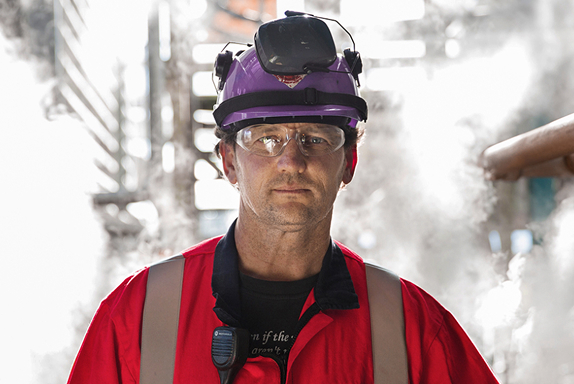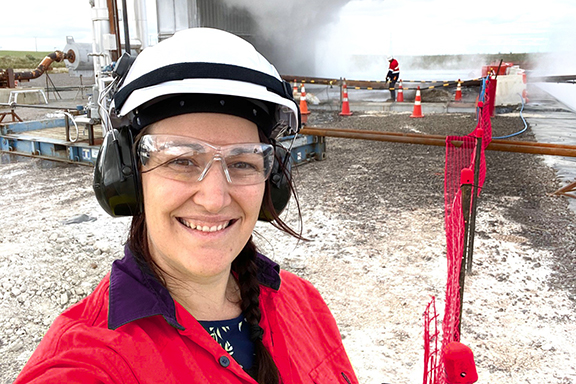Our H&S journey at Contact is always evolving because we are always learning. We have worked hard over many years to help our people create safe ways of working, trusting them to do their best work every day, encouraging involvement and supporting work with systems and processes that help rather than hinder getting work done efficiently and safely.
We have teams who look out for each other, take safety seriously and are supported by leaders who truly care about everyone returning home safely to their whanau at the end of the working day. The way our people turn up and think about safety has a big influence on how work is planned and executed.
Our people are the solution, they are always alert to change, they get involved and speak up when things don’t feel right or when they find a better way.
Health, safety and wellbeing is deeply embedded into the culture at Contact and it is everyone’s responsibility to contribute to continually improving the way we work.
We believe safe and healthy ways of working come from work that is well thought out, designed, planned, and thoroughly risk assessed by passionate, well trained, and competent people.
We make sure our people have the right tools and resources at their fingertips, through our dedicated safety website, protectatcontact.co.nz. This gives everyone who does work at Contact – whether our own people or our contract partners – quick and easy access to practical information to help them create successful work outcomes which includes safety.

Ngā Kawenga Whakaruruhau ō Contact (our Health and Safety Management System Commitments and our Health and Safety Policy) applies across all our activities and describes how we protect anyone impacted by our operations. It applies across all our activities and is driven by the Health and Safety at Work Act 2015.
Our subsidiaries maintain their own Health and Safety management systems, specific to their own scopes of work.
We operate a no-blame just culture, where our people are encouraged to report anything of concern, and, if necessary, remove themselves from work situations they believe are unsafe. Through our focus on learning teams, rather than traditional investigations , we ensure no one faces reprisals for doing the right thing.
Contractors are considered members of our team, and as such we expect them to demonstrate the same strong commitment to health and safety as we do. We assess this through our procurement processes and ongoing contractor management processes.

Each year we set strategic Health and Safety goals and design initiatives to achieve them. We’re focused on continuously improving the systems and regularly evaluate our progress in alleviating risks against our targets that support and enable work so that we can make work life easier for our people.
In 2023 we kicked off a three-year safety citizenship and leadership programme with all team members and leaders in our generation and trading teams. The programme is focused on helping our people understand how their attitude towards safety and the resultant behaviours influence safety outcomes at Contact, and it has had very positive Feedback with over 90% of participants able to immediately apply their learnings in their workplace.

We operate a Public Safety Management System as required by the Electricity Act 1992 and are compliant with NZS7901:2014 Electricity and Gas Industries – Safety Management Systems for Public Safety.
For independent complaint or pricing advice, click here. UDL & Powerswitch can help.
To read our Residential Consumer Care policy on how we'll keep you safe and connected, click here.